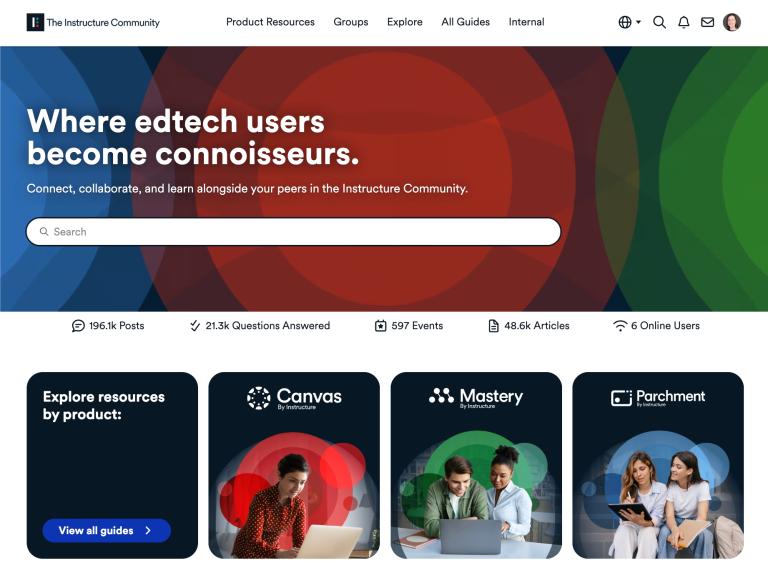Returning to the classroom - either on campus or virtually - may look a little bit different this year. After spending multiple semesters learning virtually, many students are choosing to keep online courses a part of their schedule. In fact, Inside Higher Ed reported that 73% of students “somewhat” or “strongly” agreed that they would take some course fully online in the future. And with the Delta variant surging, and new variants like Mu under close observation, some schools are adjusting their fall schedule to now offer up to 50% of their courses online this semester.
With more students embracing online learning than ever before, it’s critical that Canvas users take advantage of opportunities to better engage their students in the online learning environment. But what do students need most? RSI sets the standard for online learning engagement, but to be successful, students need the following:
- Personalized feedback: learners crave feedback on the work they submit. And having that tailored feedback delivered to them in a meaningful way is critical to keeping them engaged. And providing feedback in a way that is familiar - and fun - helps to improve student engagement in the course.
- A focus on applying knowledge - not just hours in the classroom: engaging students in classroom discussions is important. And not just to keep them engaged. It’s also a way they can demonstrate their understanding of the course content. When students engage by posting in the discussion or commenting on a peer’s post, they’re applying their learning in new ways.
- Increased opportunities for feedback: expanding the features in online discussions through the use of rich media, annotations, and chat gives students a familiar, social media-like experience. And it provides new opportunities to both give and receive feedback - not just from instructors, but also from their peers.
- Group discussions: regular, meaningful interactions are critical when students learn online. But sometimes interactions are few and far between. Group discussions help students feel part of the class.
- Office hours: virtual office hours can be just as engaging as in-person ones when instructors use chat and web conferencing integration. And adding virtual, one-on-one check in meetings with students, either on a regular basis or when needed, can also help keep students engaged.
Harmonize provides an elevated online learning experience for students, providing over 60 additional features that extend online discussion capabilities beyond what is available in Canvas today. These advanced features enrich not just the ways in which instructors and students can engage, but also how students can engage with each other. Social-media like discussions allow students to react to - and comment on - each other’s posts. They can upload rich media like videos and images, and instructors can ask the class to annotate each other’s content as well. And with capabilities such as milestone dates, instructors can assign multiple due dates to a single discussion assignment.
And as an instructor, new capabilities coming in Spring 2022 will provide insights that signal if a student’s online actions are trending towards disengagement. Read our e-book to discover why these insights will be critical to spotting student disengagement patterns and how you can provide feedback before they veer off track.
And if you want to connect with other like-minded educators to discuss how you can continue to enrich the online learning experience for students and instructors, please join our upcoming SymphonizED 2021 virtual conference. It’s free to register!
Related Content
 inst-3step.jpg
inst-3step.jpgBlogs
 13lmsfeaturesthatbenefitstudentlearning.jpg
13lmsfeaturesthatbenefitstudentlearning.jpgBlogs
 community-homepage.jpg
community-homepage.jpgBlogs
